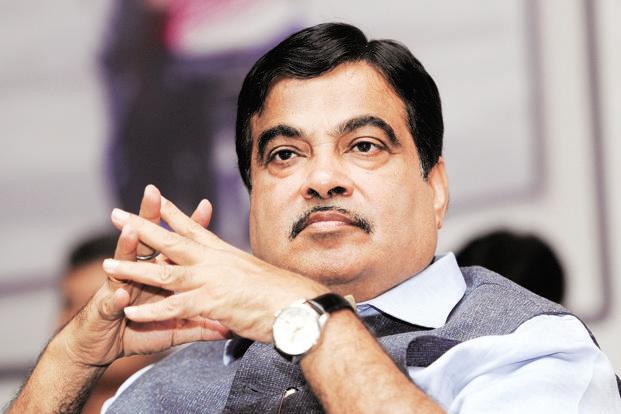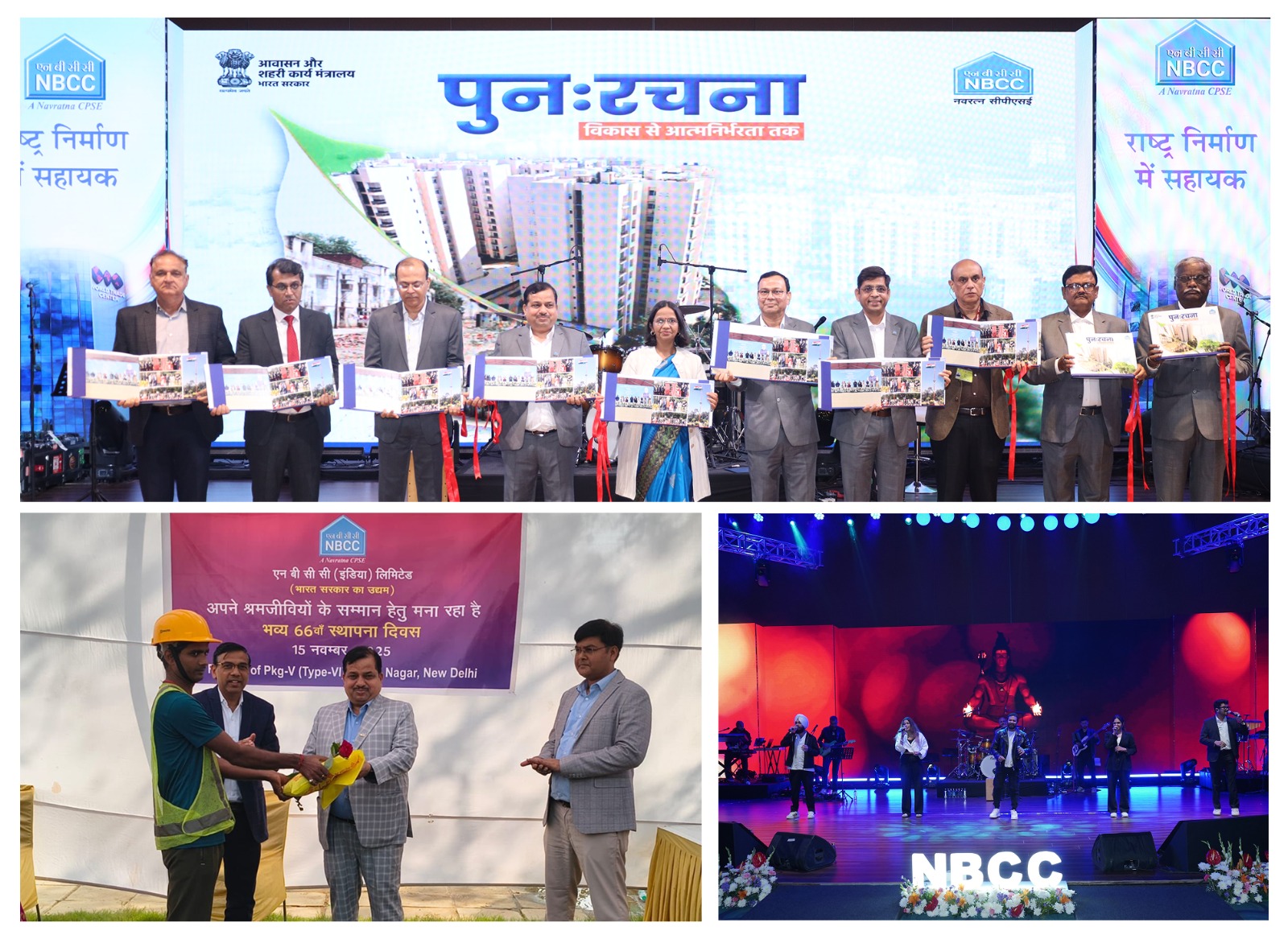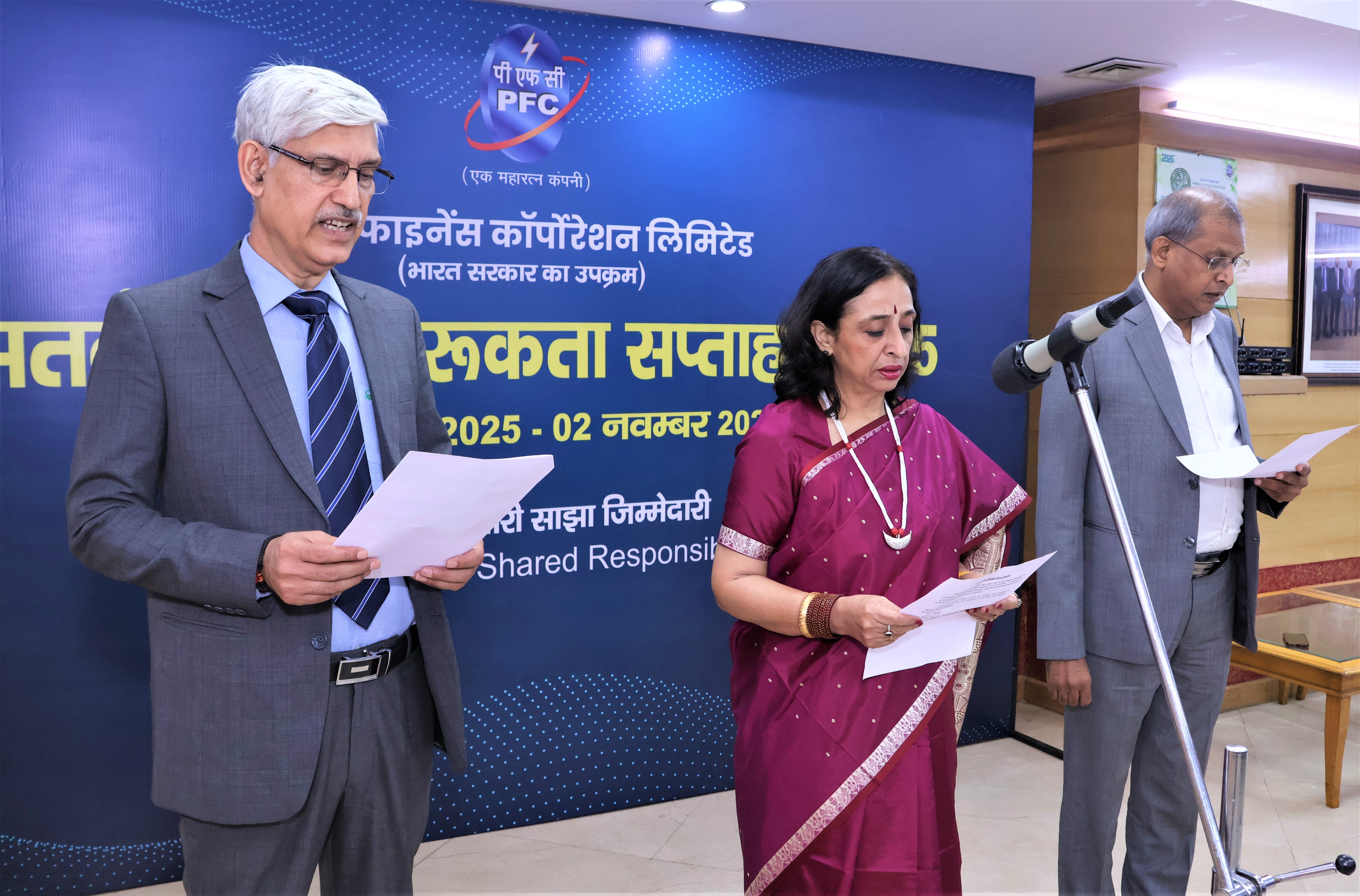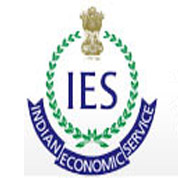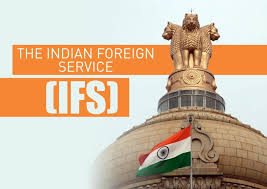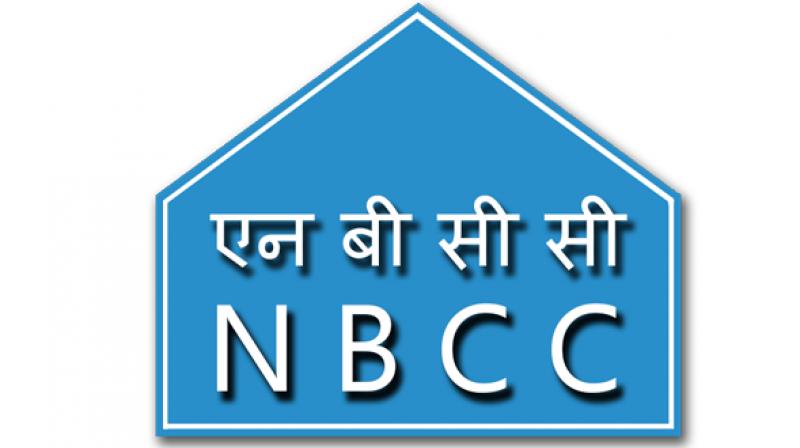Nitin Gadkari outlined three key pillars for the future of infrastructure — People, Prosperity, and Planning. Infrastructure must be people-centric, ensuring comfort and convenience for citizens. To support this, 670 road-side amenities have been developed across the country.
Addressing the CII National Conference on “Future of Smart Roads – Safety, Sustainability and Resilience” held in New Delhi today.
In his address, Shri Gadkari said that under the vision of the Prime Minister to make India a five-trillion-dollar economy by 2027, the development of world-class infrastructure will play a pivotal role. He noted that the road and transport sector offers immense opportunities for economic growth, investment, and employment generation across the country.
The Minister informed that the Ministry’s annual revenue, currently at ₹55,000 crore, is projected to rise to ₹1.4 lakh crore within two years, reflecting the immense growth potential of the sector.
Work is underway to convert 25,000 kilometres of two-lane highways into four lanes, while a ₹2 lakh crore port connectivity programme is linking all major ports with national highways. The Minister also said that improved road connectivity is boosting religious tourism and adventure sports in several parts of the country.
Highlighting Prosperity, the Minister said that every rupee invested in infrastructure generates three rupees of economic growth, reflecting its strong multiplier effect. On Planning, he stressed the need to curb pollution and promote sustainable, eco-friendly and resilient development, noting that 8,500 trees have been transplanted along the Dwarka Expressway as part of the Government’s green initiative.
He said that the use of precast technology has been made mandatory in road and infrastructure projects to enhance quality and ensure timely completion. He also called for greater ownership and responsibility among engineers and contractors.
Highlighting the sector’s economic significance, Shri Gadkari said that 80 percent of goods traffic in India moves by road, while 1 percent is by air and 18 percent through other modes. With improved road infrastructure, logistics and fuel costs are expected to come down to single-digit levels.
Shri Gadkari emphasized balancing infrastructure growth with ecological responsibility. He reaffirmed the government’s commitment to building safe, sustainable, and world-class roads that drive economic progress and enhance citizens’ lives. As mobility evolves, India is shaping “Smart Roads” that integrate technology with essentials like pedestrian access, EV charging, fuel stations, parking, and modern roadside amenities.
